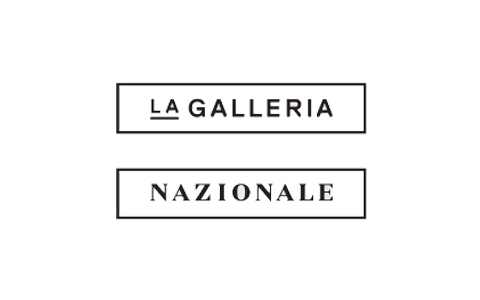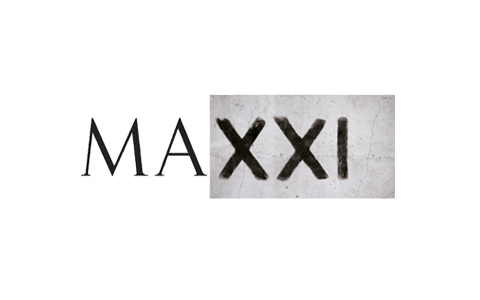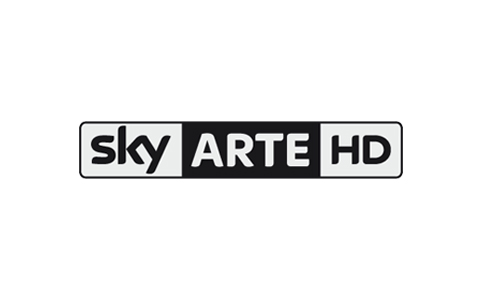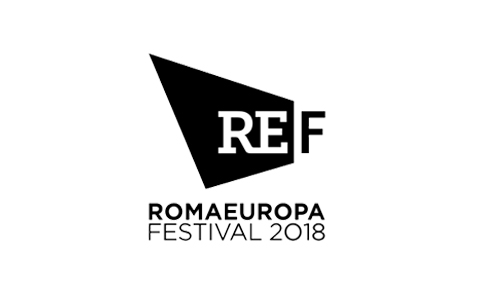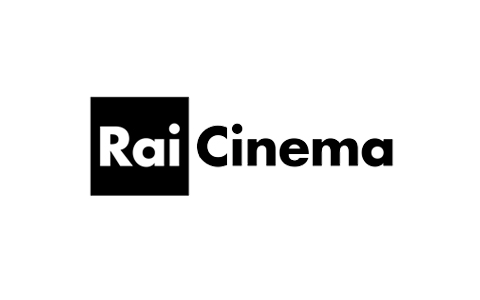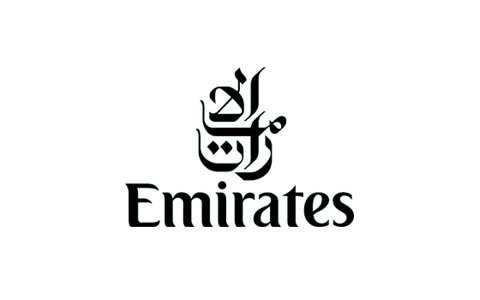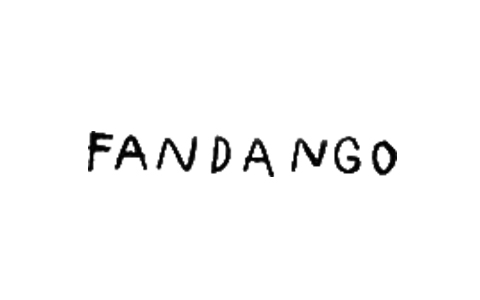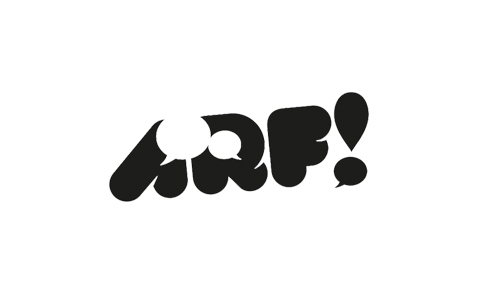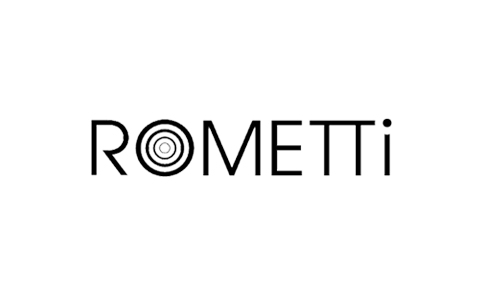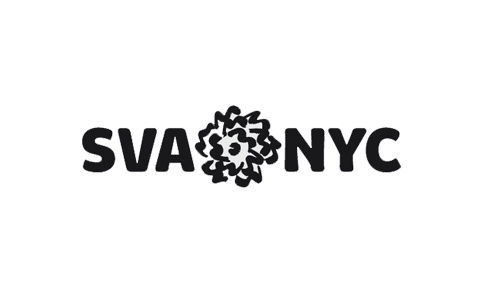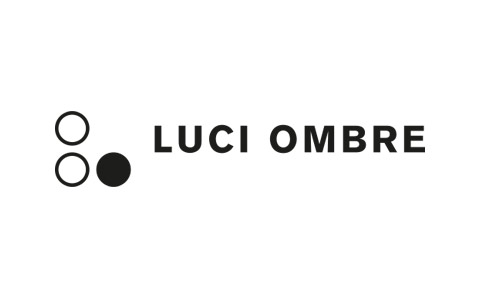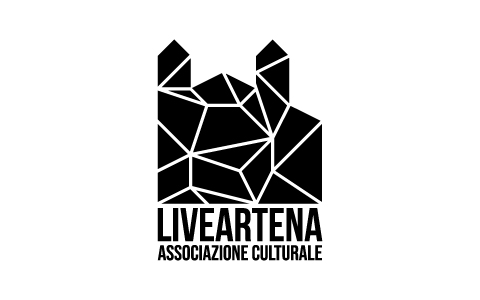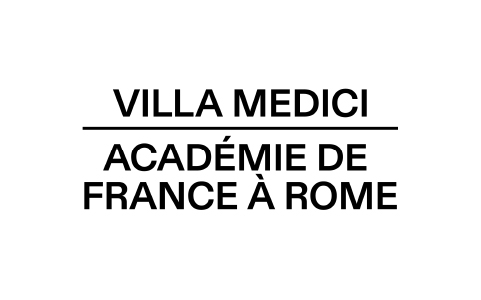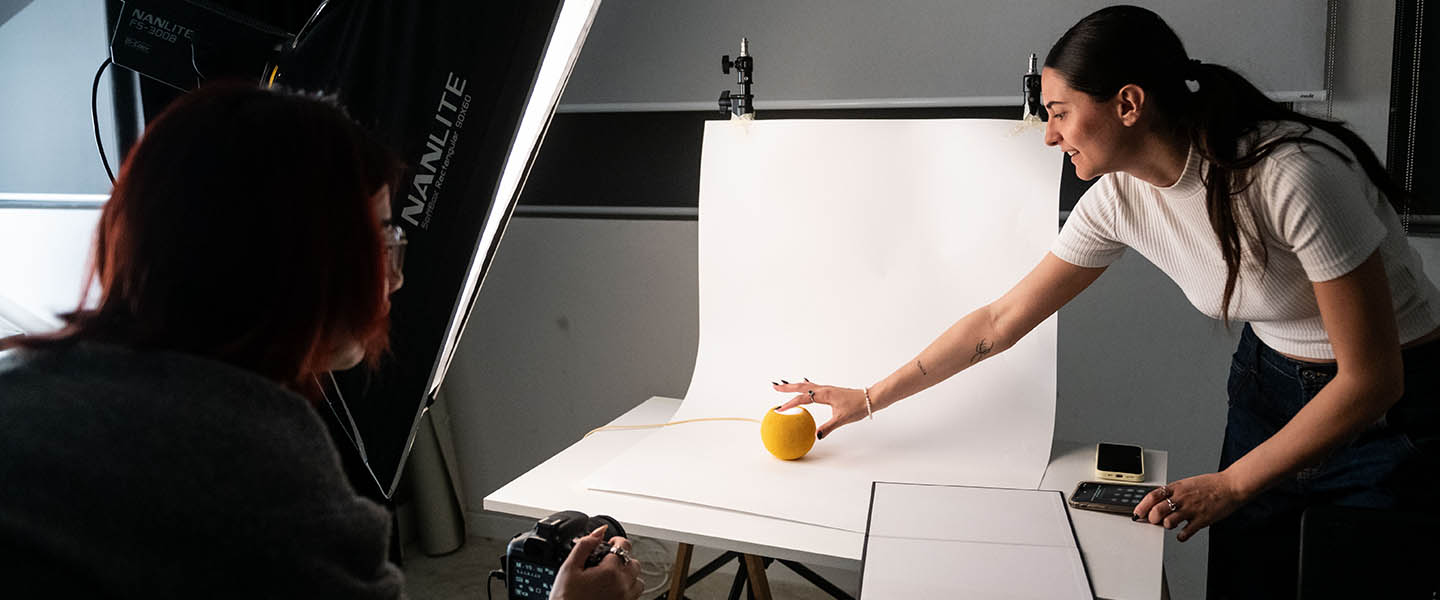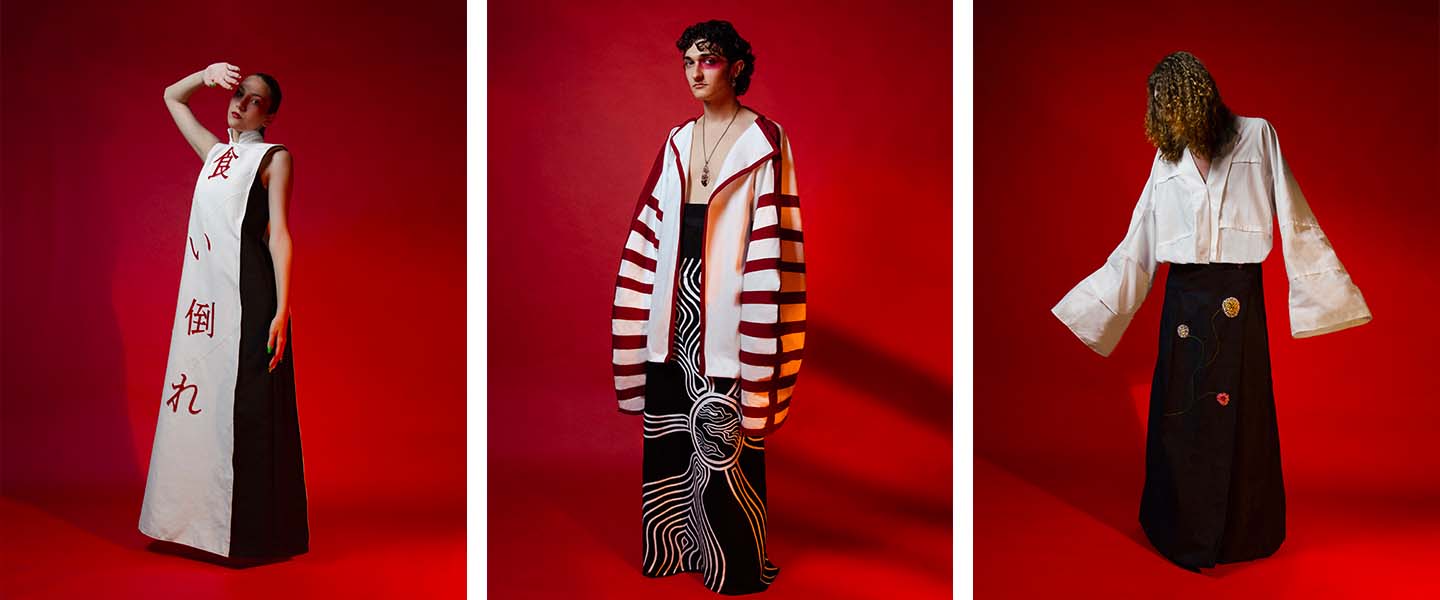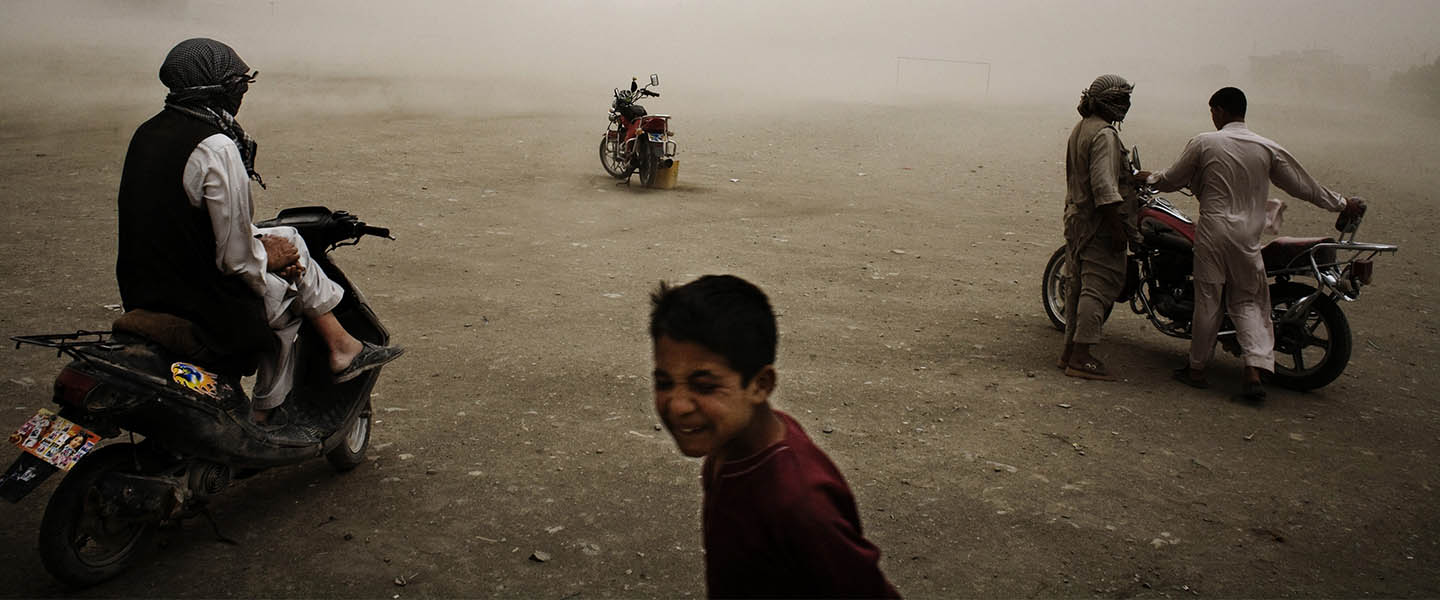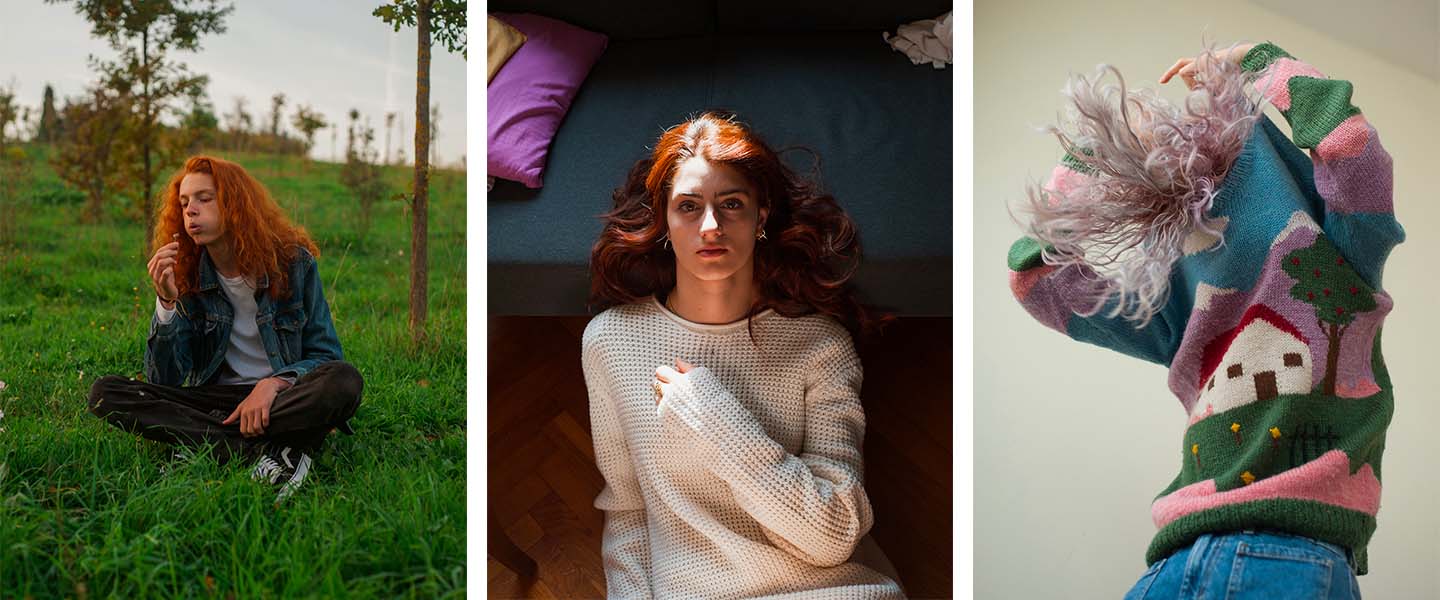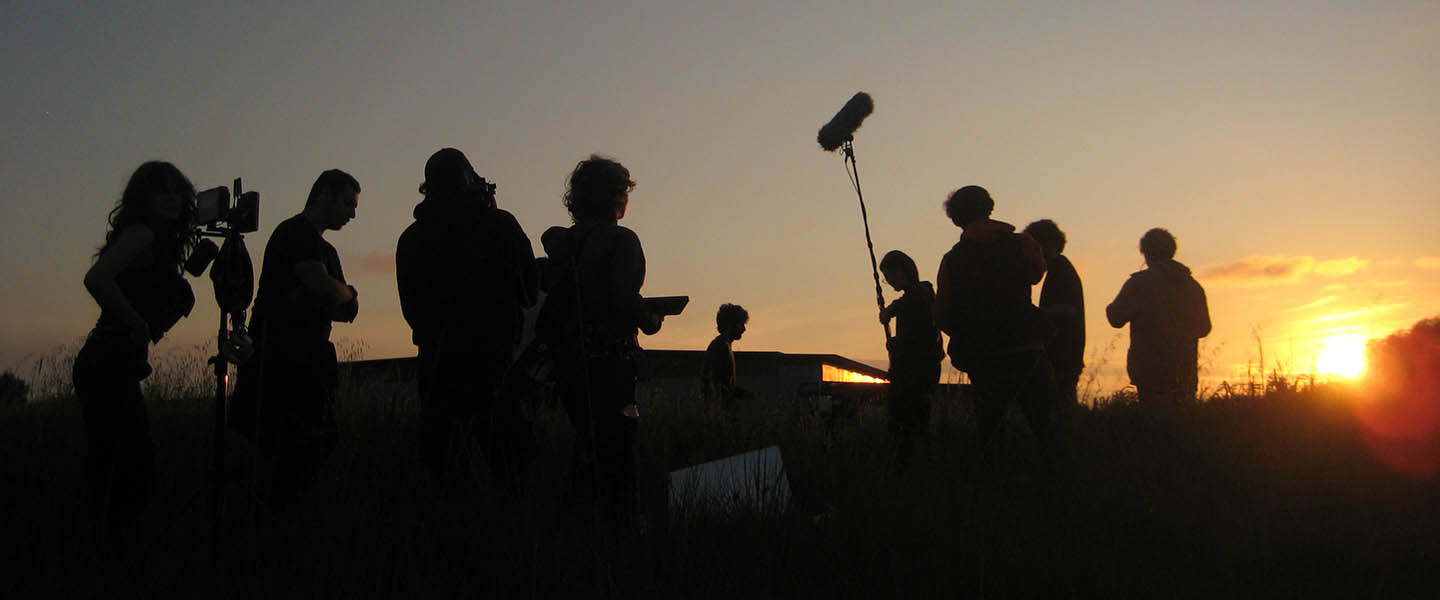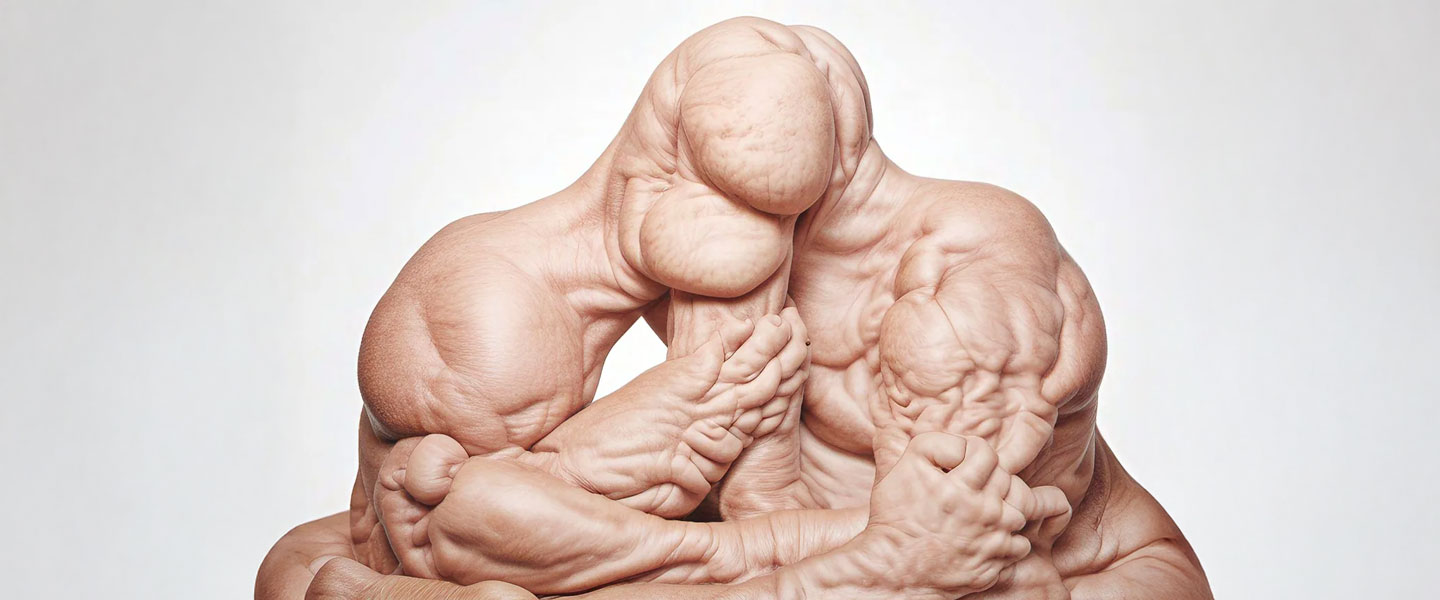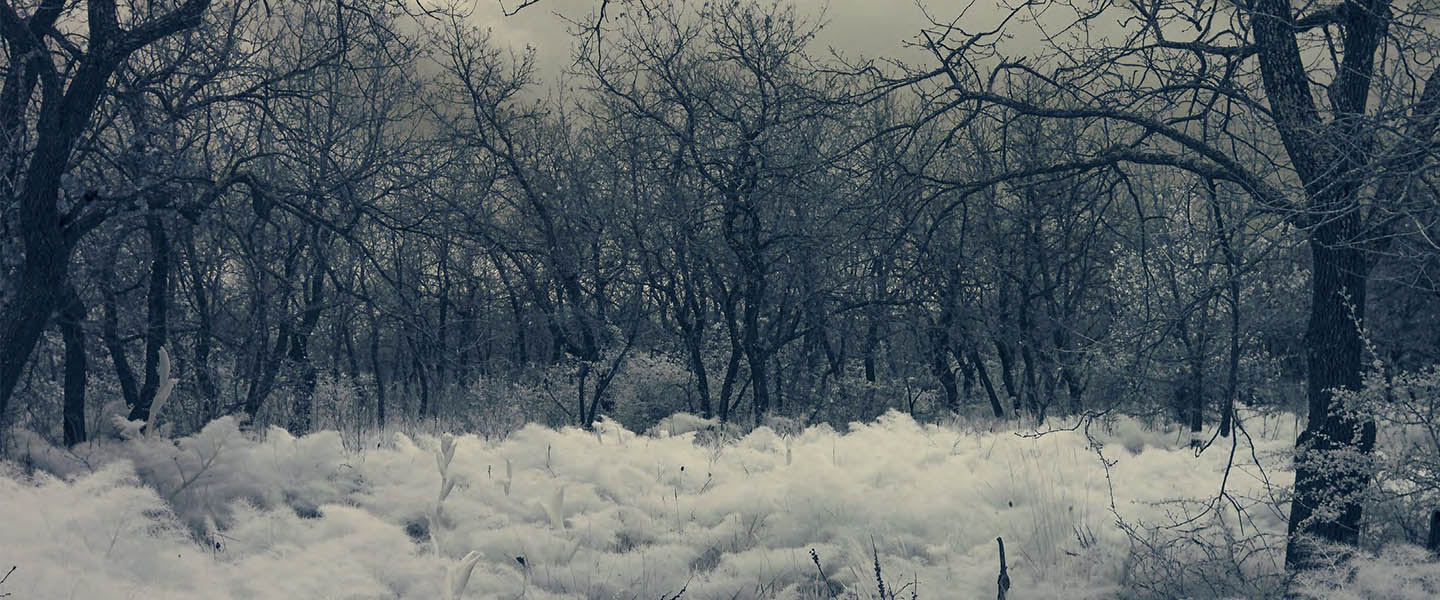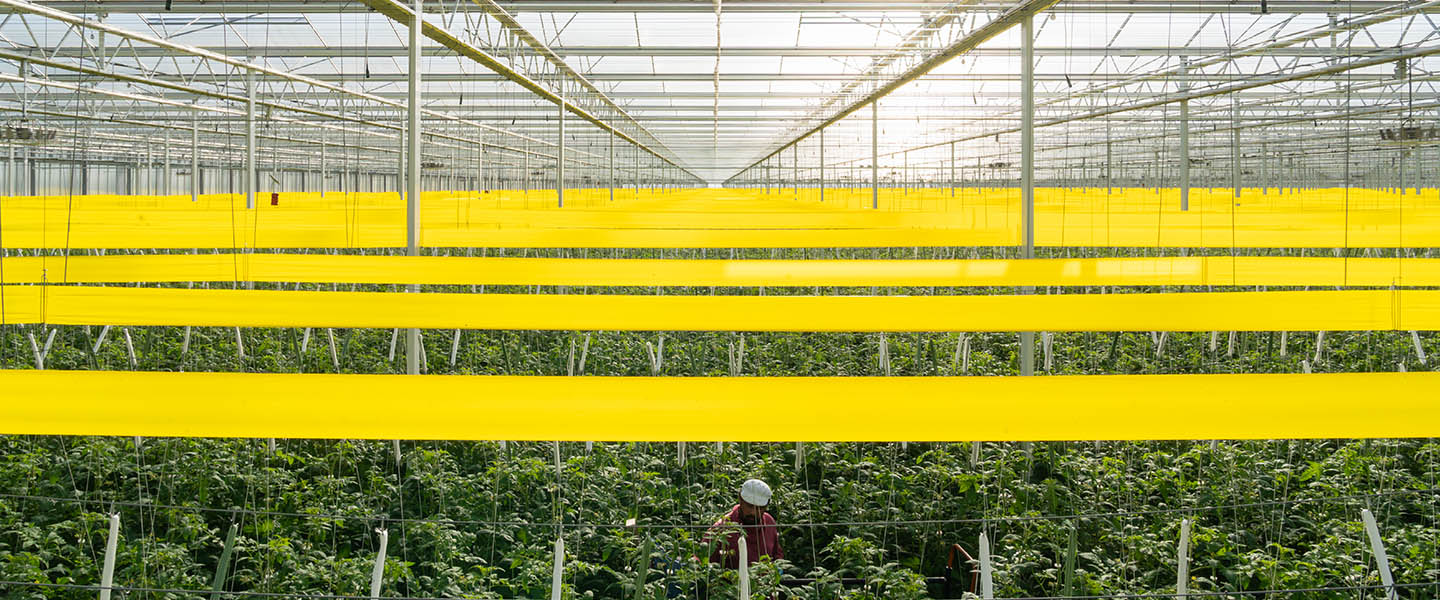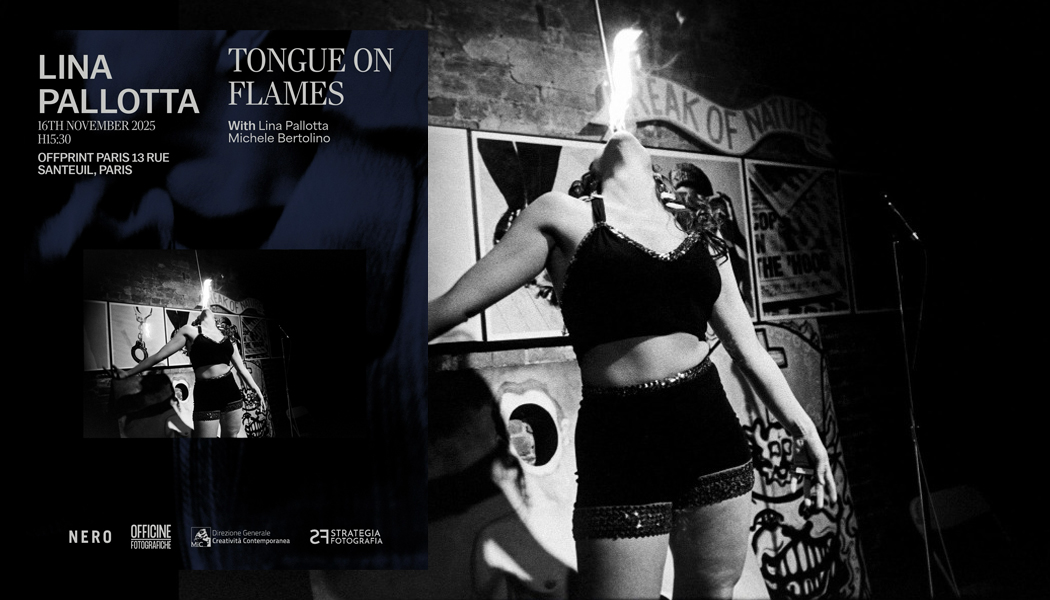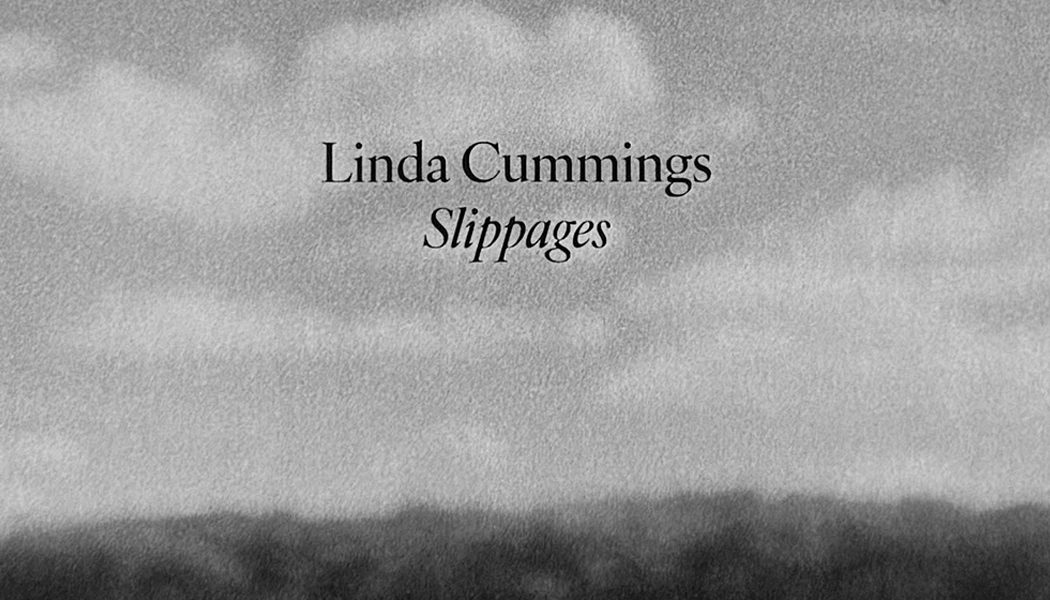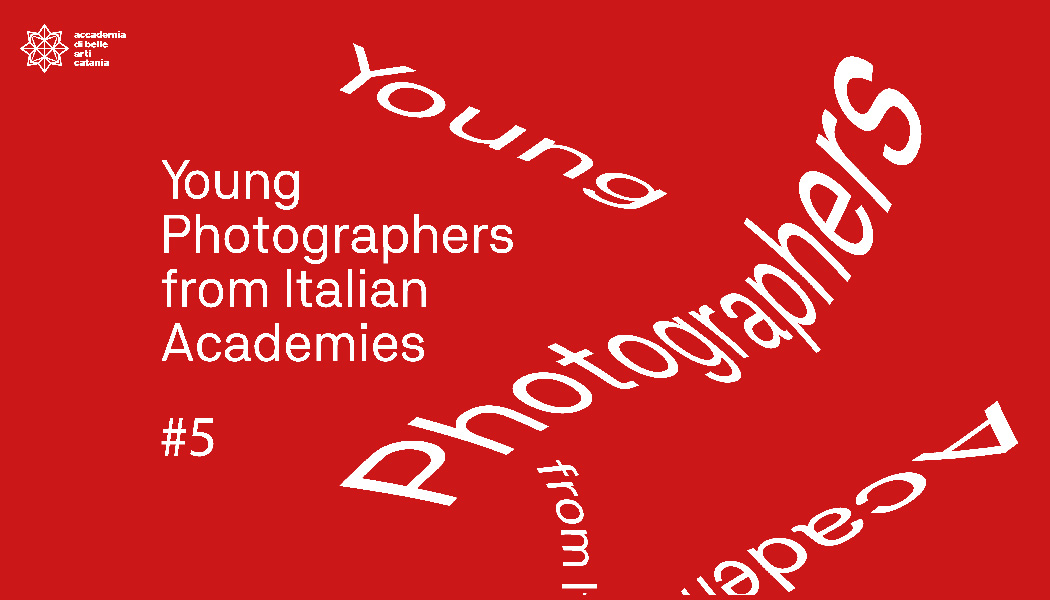TAUGHT IN ITALIAN ❯
Telling through images
You will learn how to shape your creativity to tell stories and convey content that can move, inform, and engage. Through a variety of photographic and audiovisual techniques, as well as artificial intelligence tools, you will develop a personal and critical perspective, learning to transform ideas and visions into effective narratives for the different languages of contemporary communication.
Qualification:
First Level Academic Diploma, equivalent to a Bachelor’s degree
Duration:
3 years, full time
Language:
Italian
Credits:
180 ECT
Location of attendance:
Rome
Requirements:
Italian students
High school diploma
International students
Valid High School Diploma for the Italian Higher Education System
B2 Certificate of the language in which the course is held
Upon admission non UE students are subject to fulfill the procedure for obtaining the student VISA
Fields:
Authorial photography, audiovisual and short movie, advertising and fashion, photojournalism and digital storytelling, new media, generative AI and brand identity
Main subjects:
Photography, Digital video, Digital image processing, Advertising communication, Integrated new media techniques, Generative AI.
Future careers:
Professional photographer, Videomaker, Photojournalist and visual storyteller, Photo editor, Content creator, Creative technologist and AI content specialist.
The photographer and content creator of today are multidisciplinary professionals: they master photography, video, digital storytelling, social media, and AI applications, combining creativity with technical expertise. They work across fields ranging from fashion photography and advertising to reportage, from contemporary art to audiovisual productions, up to content creation for digital platforms and intelligent systems.
In a world marked by a constant overproduction of images, their role is being redefined: the ability to craft visual and audiovisual stories of value, also through new artificial intelligence technologies, becomes the key to standing out and communicating with an original and contemporary language.
The RUFA Photography and Audiovisual course guides students through a highly professional path that combines reportage with artistic research, photography with video, digital storytelling with creative writing for social media, and the use of generative AI to explore new visual and narrative forms. Through workshops and practical projects, students learn to develop content capable of engaging diverse audiences and spreading across multiple platforms.
Guided by professional lecturers in the fields of art, communication, and media, RUFA graduates acquire the ability to transform an idea into a successful project, enhancing their creative and narrative talent. Ready to enter the international scene, they are able to create, produce, and share innovative content that interweaves image, sound, AI, and storytelling.
Thanks to collaborations with leading companies and institutions, both Italian and international, and to internships and traineeships during and after their studies, students maintain constant contact with a job market in continuous evolution.
The Academic Bachelor of Arts is equivalent to a University Bachelor’s Degree
*The course is available only in Italian. All lessons include mandatory attendance at RUFA’s locations in Rome.
Tutor: Christian Rizzo
Lecturers: Massimo Berruti, Cinzia Capparelli, Alessandro Carpentieri, Giorgio Di Noto, Caterina Di Rienzo, Alessandra Mauro, Gianfranco Manzo, Massimiliano Maggi, David Mozzetta, Michele Palazzi, Lina Pallotta, Fiorenza Pinna, Francesco Pennica, Lorenzo Pesce, Fabrizio Pizzuto, Christian Rizzo, Fabio Severo, Lorenzo Squarcia, Simone Spampinato, Raffaele Simongini.
LOOK AT PHOTOGRAPHY AND AUDIOVISUAL STUDENTS’ PROJECTS
BOOK A GUIDANCE INTERVIEW
Slider Photo Credits: Claudia Rolando – Cinzia Capparelli – Massimo Berruti – Beatrice Salomone – Sara Scognamiglio – Vincenzo Pinca
ASK MORE INFO ABOUT THE COURSE
BACHELOR OF ARTS PROGRAMME IN PHOTOGRAPHY AND AUDIOVISUAL
Suggested study plan – Mandatory attendance at RUFA locations in Rome.
| YEAR | SUBJECT | ECTS | HOURS |
|---|---|---|---|
| I YEAR |
Digital image processing 1
Un percorso formativo che guida dall’acquisizione digitale al fotoritocco professionale: livelli, maschere, colore e compositing. Un laboratorio dinamico per padroneggiare strumenti e workflow, arricchito dalle nuove prospettive offerte dall’intelligenza artificiale applicata all’immagine.
| 6 | 75 |
|
History of contemporary Art
The course examines styles, schools of thought, and visual practices from the postwar period to the present, focusing on the image as a central theme, the recent history of art photography, and video art. Students are guided toward a critical understanding of the languages, styles, and theories that have defined and transformed the landscape of contemporary visual arts.
| 6 | 45 | |
|
History of photography
Historical and critical knowledge of photographic languages: the photographic arts as the terrain in which the experimentation of languages and the avant-garde intertwine.
| 6 | 45 | |
|
Photography 1
Module A – In the first semester, students acquire the fundamental technical skills for using photographic language. Through studio and outdoor exercises, they experiment with the potential of light and composition, discovering photography as a tool for expression and storytelling.
Module B – The course introduces the basic techniques and skills of photography, explored as a creative and expressive medium. Students begin to develop their own visual language and experiment with personal approaches, laying the groundwork for the projects and storytelling they will pursue in the following years. | 12 | 150 | |
|
Digital video
Audiovisual Shooting and Editing: the course provides the technical and theoretical tools needed to develop professional skills in shooting and editing. Through a path that combines hands-on laboratory practice with critical analysis of the works produced, students learn to use audiovisual language in its purest form, discovering their own way of seeing and communicating.
| 10 | 125 | |
|
Lighting systems
The basic techniques to manipulate light, the tools and normative references to design and build lighting systems for a film, television or theatre shooting/scenography, taking care of their assembly on the set/stage and their operation during the shows.
| 6 | 75 | |
|
Phenomenology of the image
The course invites students to reflect on their personal relationship with the work of art. Starting from an inner and authentic exploration, the instructor guides them through a process of discovery and liberation from prejudice, fostering a deep and conscious passion for art in all its forms.
| 6 | 45 | |
|
Basics of computer science
The course includes lectures dedicated to acquiring the fundamentals of using Adobe InDesign layout software, complemented by theoretical sessions on the history and structure of the photographic book and editorial design. Practical exercises guide students in independently managing the complex editorial architecture of a photographic project, combining technical skills with design sensitivity.
| 4 | 50 | |
| Elective educational activities | 4 | / | |
| II YEAR |
Digital image processing 2
In-depth study of advanced Photoshop tools and techniques to manage photographic post-production in the correct way. Analysis of the image according to the retouching: how to realize, how to harmonize colours and tones and how to take care of details in compliance with the rules of photographic composition.
| 6 | 75 |
|
Computer graphics
The course represents the evolution of the first Fundamentals of Informatics module. Building on previously acquired skills and introducing new theoretical foundations and practical techniques, it deepens the use of digital technologies applied to the image. The aim is to engage students, both collaboratively and independently, in the creation of photographic and multimedia projects, developing narrative, organizational, and design abilities connected to visual sequencing and the language of the photobook.
| 6 | 75 | |
|
Latest trends in Visual Arts
In-depth study of the blend of video art and cinema, focusing on the evolution of the audiovisual sector: from Gene Youngblood's Expanded Cinema to computer art, virtual reality, live media performance and live cinema.
| 6 | 45 | |
|
Photography 2
Module A – The course addresses the question, “How can an idea be transformed into an image and a story?” Students are guided in defining their personal vision while exploring narrative approaches such as artistic, conceptual, and documentary photography. Emphasis on sequencing, image selection, and final presentation makes this an in-depth experience in visual storytelling. Group critique and the study of master photographers foster awareness and originality.
Module B – The course focuses on the languages of portraiture, encouraging students to develop a personal and recognizable style. Through the analysis of both technical and narrative aspects—from lighting to composition, from subject choice to context—it explores different modes of representation, spanning from artistic and personal expression to commercial and commissioned work. | 12 | 150 | |
|
Photojournalism
The course provides students with the tools to independently design and produce a photographic narrative of documentary value. From subject research to narrative development, students learn to structure a coherent and communicative project, cultivating a personal vision through workshops and group critiques.
| 6 | 75 | |
|
Cinematography
The study of cinematographic photography through the following themes: the interpretation of a subject, the filmic language, the creative development of a visual atmosphere, the research of environments, the composition of the crew, light, shots and point of view, shooting, post-production.
| 6 | 75 | |
|
Advertising
The course explores photographic language as a tool for interpreting a creative brief. The acquisition of technical and theoretical knowledge enables students to develop analytical and art direction skills for campaigns across different media. The goal is to provide method and critical awareness to navigate visual culture and stimulate creativity.
| 6 | 75 | |
|
History of cinema and video
Acquisition of a solid knowledge of the history of cinema from its beginnings to the present day and extensive information on the current debate in various areas of philosophical-historical research.
| 6 | 45 | |
|
English
Study and deepening of themes and topics concerning the artistic field with the use of different linguistic registers and styles to improve one's communication skills in English.
| 4 | 30 | |
| Further language and interpersonal skills, internships, etc. | 2 | / | |
| III YEAR |
Digital image processing 3
The course delves into advanced tools for editing and retouching, adopting an integrated approach to complex workflows that combine professional software and artificial intelligence. Students learn to optimize visualization, printing, and color management while experimenting with generative AI in project work and practical applications. The goal is to develop both technical and creative skills for an evolved and contemporary approach to image production.
| 6 | 75 |
|
Mass media theory and methods
Within the landscape of contemporary communication, the course provides theoretical tools to construct a critical map of the present and to approach media-related professions with awareness. The analysis of the anthropological, aesthetic, and artistic transformations of our time highlights communication as a form of knowledge and creativity, with particular attention to emerging professional roles and the cultural processes that redefine the figure of today’s knowledge workers.
| 6 | 45 | |
|
Photography 3
The course guides students through the development of their final project, with particular attention to narrative construction and photographic storytelling. From concept to the production of the photobook, every stage of the process is approached critically and professionally. Supported by industry experts, the course aims to strengthen project autonomy, visual coherence, and authorial awareness.
| 12 | 150 | |
|
Aesthetics of Visual arts
The Aesthetics articulated in art and cinema. The general meaning of the concept of Aesthetics with focus on the theoretical aspects related to knowledge by object and subject. The decline of the concept of style and the advent of the technical age. Analysis of the poetics of artists such as Manet, Cezanne, Klee, Mondrian, Malevic, Picasso, Duchamp, Pollock, Bacon, De Chirico, Rothko, Burri, Warhol.
| 6 | 45 | |
|
New integrated media techniques
The training course aims to investigate the techniques of photojournalistic communication and multimedia storytelling, raising students' awareness of the power of effective storytelling.
| 8 | 100 | |
| An elective subject to be chosen between: | |||
|
History of photography criticism
The course offers an overview of the main theoretical and critical movements in photography across different periods, also examining the theoretical contributions developed by artists and photographers. Through the comparison of key moments in the history of photography, contemporary art, and the technological evolution of the image, students develop a critical awareness that enables them to understand photography as a constantly evolving language.
| 6 | 45 | |
| 6 | 45 | ||
|
Features of publication design
Curation, design, and visual storytelling are at the heart of the course, which guides students through the completion and presentation of photographic projects. The artist’s book, exhibition, and digital formats become tools to give solidity and coherence to visual research. The goal is to provide professional, critical, and design skills, guiding each student from image sequencing to the public presentation of their work. The acquired abilities enable students to enhance their projects and position them effectively within both artistic and commercial contexts.
| 6 | 75 | |
| Further language and interpersonal skills, internships, etc. | 2 | / | |
| Elective educational activities | 6 | / | |
| Thesis | 8 | / | |
| Total Credits | 180 |
Partner
